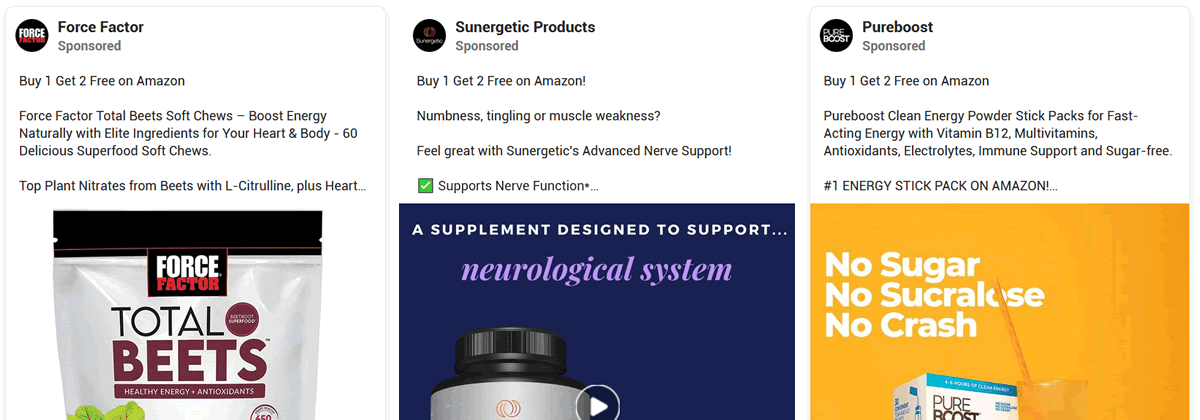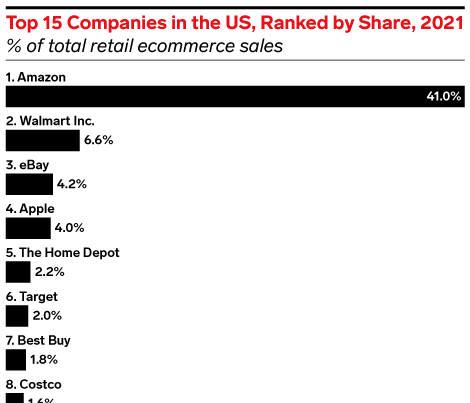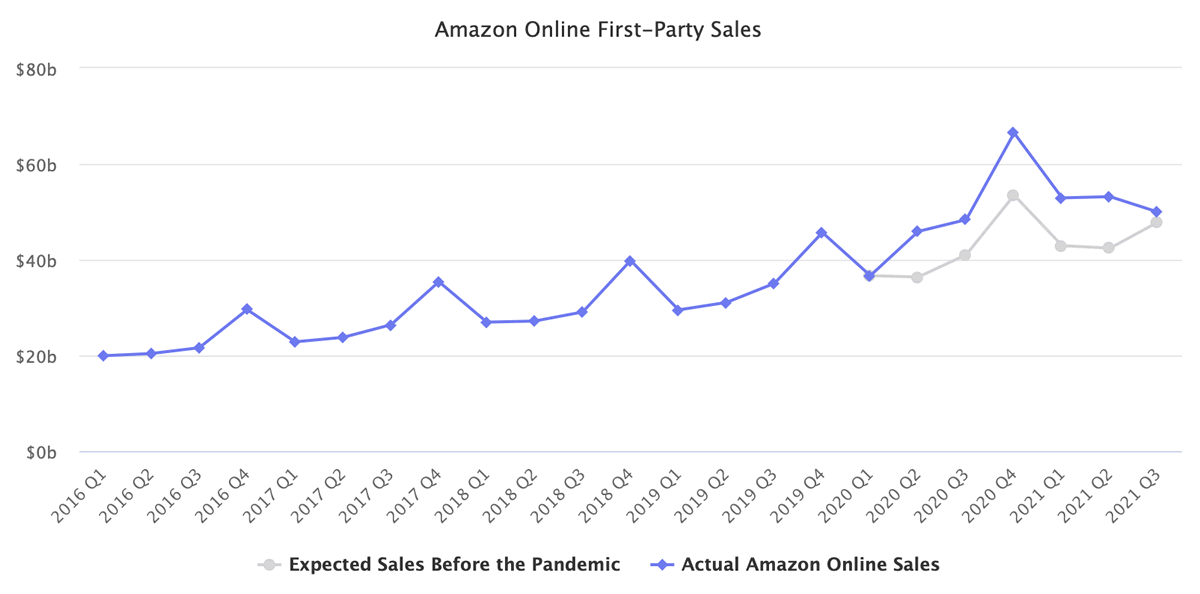The Web Retailer News Digest for November 5th, 2021
A few years ago, there were dozens of websites where you could get free products in return for reviewing them on Amazon.
Then in October 2016, Amazon banned these “incentivized reviews” and changed the landscape completely. Some sites closed down, others went underground, and some kept going but simply removed the requirement to leave a review.
This week, Amazon has posted a policy clarification which has addressed all remaining use of off-Amazon product promotions including providing rebates by PayPal, and sending more units than the customer ordered.
If you offer any kind of incentive to buy a product on Amazon, and that incentive is not delivered through Amazon’s own platform, then you are violating the Seller Code of Conduct and liable to get banned.
It doesn’t matter if you ask the customer to leave a review, click a special link, or follow a particular set of steps to find and buy your product – or even if you don’t ask for anything in particular – all product promotions have to use Amazon’s own discount and coupon systems or they are automatically in violation.
Crackdown on off-Amazon promotions
Of course, Amazon’s clarification won’t really affect services that are already operating in the black market such as through private Facebook groups or other social media. Those services, and the sellers who use them, already know they are doing something wrong and that getting caught will have serious consequences.
But many sellers do this in public, and presumably believed themselves to be in compliance with Amazon’s policies. One popular strategy is to run Facebook ads, offering two free units of a product when only one is bought on Amazon. The customer buys from Amazon as usual, then gives their order number to the seller via Facebook Messenger. The seller then verifies the order is real, and ships two free products directly to the buyer.

It’s not clear if these sellers ask for a review as well, or if the flood of seemingly non-incentivized orders has enough of an effect on Amazon’s search ranking algorithm to make it worthwhile anyway.
In the announcement, Amazon also clarified that all techniques designed to manipulate the search algorithm are banned. These go by names such as “two-step urls”, “super urls”, “funnels”, “treasure hunts” and “search-find-buy”, and have often gone hand-in-hand with product giveaways via off-Amazon rebates.
Several developers in Amazon’s official Seller Central Partner Network offer these services with no attempt to hide what they are or the effect that is intended. Amazon says it is coming after them too.
Some readers may see this as a policy change rather than a clarification, but the Seller Code of Conduct has always prohibited attempts to cheat the search ranking algorithm, regardless of the specific method used. This clarification is a public declaration that Amazon knows exactly what sellers are doing, and they are ready and willing to kill off these practices for good.
Read more at Amazon Seller Forums.
Amazon’s sales are 6x higher than Walmart’s
A new report from eMarketer ranks the top 15 ecommerce companies in the US by market share.
It’s no surprise to see Amazon at the top, with 41% of the market. Walmart comes second with 6.6%, followed by eBay with 4.2%.

What’s really shocking is the huge gap between Amazon and the rest of the market. Amazon’s sales (which include the marketplace) are more than six times Walmart’s. And that’s with Walmart’s much larger share of the grocery market.
Amazon is even streets ahead of its next fourteen competitors combined, with a total market share of only 29.7%.
The first company in the chart without an online marketplace is Apple, with 4% of the market. That’s not much compared to Amazon, but mind-blowing compared to eBay which has a huge marketplace and millions of sellers but only a fraction higher sales than Apple.
Read more at eMarketer.
Amazon’s Covid gain is smaller than we thought
Meanwhile, despite Amazon’s dominance, Marketplace Pulse has pointed out that the company’s sales are not that far ahead of where they would have been if Covid had never happened.

The Covid pandemic has been a huge driver of growth in ecommerce, with commentators frequently saying that years of digital development have been compressed into six months.
But Amazon’s recently reported Q3 results show first-party ecommerce sales only 4% higher than if they had continued to grow at the same rate as before the pandemic.
With supply chain problems all around, and people desperate to return to their old habits, perhaps the elastic was stretched to its limit and we are now being pulled back to normality.
Read more at Marketplace Pulse.
Also in the news
- Amazon Returns Performance dashboard now available. Amazon Seller Forums.
- FBA Small and Light shipment and velocity minimums removed. Amazon Seller Forums.
- eBay opens up a new advertising program for auctions. Value Added Resource.
- Etsy Early Holiday Sales event runs until November 20th. Etsy.
Webinars in the week ahead
For everyone
Various dates: Amazon advertising’s global webinar program rolls on with 20+ webinars scheduled, covering Sponsored Products, Sponsored Brands, reporting, optimization and tips. Amazon.
For US sellers
Various dates: Amazon Small Business Academy Pathways series. Amazon.
Leave a Reply